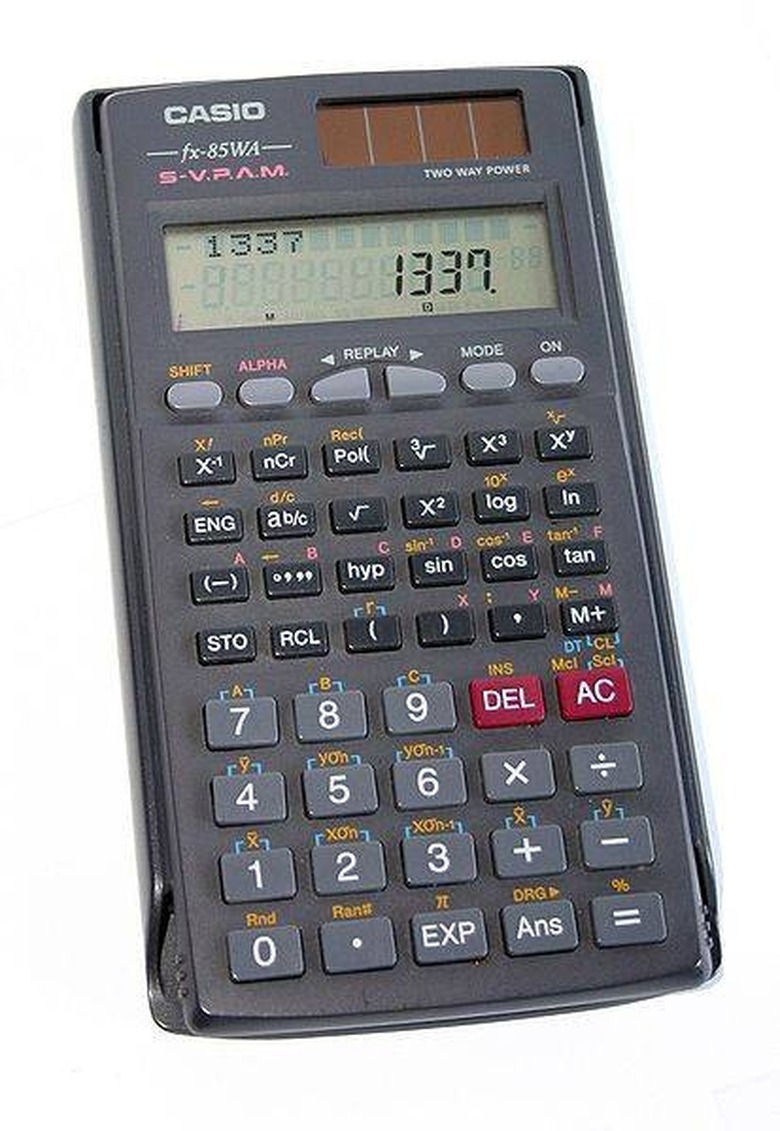How To Find A Z Score
Also referred to as standard scores, z scores standardize on a uniform scale the data obtained from various measures and tests, enabling users to perform comparisons with the data. The points on a standard normal distribution, which is a bell curve that peaks at zero and has a standard deviation of one, correspond to z scores. As a result, a z score represents the number of standard deviations that a score is above or below the mean. Finding a z score involves performing a two-part calculation using three figures.
Step 1
Identify the raw score to be standardized, as well as the standard deviation and mean of the given data set.
Step 2
Subtract the mean from the raw score.
Step 3
Divide the difference obtained in the previous step by the standard deviation. The quotient is the z score.
TL;DR (Too Long; Didn't Read)
A negative z score indicates that the raw score is x number of units below the mean, whereas a positive z score means it is x units above the mean.
Verify the accuracy of the z score you calculated by multiplying it by the standard deviation and then adding the mean to that product. The resulting figure should equal the raw score.
References
Cite This Article
MLA
Nikolai, Aksana. "How To Find A Z Score" sciencing.com, https://www.sciencing.com/score-5091481/. 24 April 2017.
APA
Nikolai, Aksana. (2017, April 24). How To Find A Z Score. sciencing.com. Retrieved from https://www.sciencing.com/score-5091481/
Chicago
Nikolai, Aksana. How To Find A Z Score last modified March 24, 2022. https://www.sciencing.com/score-5091481/
